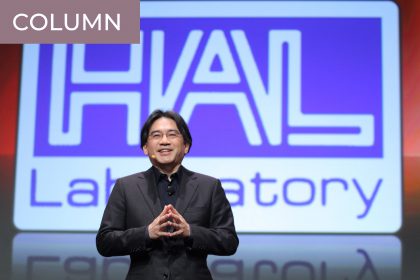When I was earning my MBA in the mid-2000s, not a day went by when I wasn’t pouring over a case study. As a car enthusiast, the business vignettes from automotive-industry case studies were naturally the most memorable. These cases are where I first learned that, up until the mid-1990s, most American cars sold in Japan were left-hand drive. In other words, American auto manufacturers somehow expected the average Japanese consumer to purchase and drive a car with the steering wheel on the “wrong” side of the vehicle—an incredible inconvenience, to say the least.
This practice started to change in the latter half of the decade, but the damage was already done. American carmakers had developed a reputation for ignoring the tastes and needs of Japanese consumers, and we all know that you never get a second chance to make a first impression.
Fast forward to the present, and besides one exception, American cars have still failed to achieve a notable presence on Japanese roads. Ford exited the market in 2016 and General Motors has positioned itself as a niche player, targeting affluent Japanese consumers for which owning a left-hand-drive vehicle can be a status symbol.
Crunching the numbers provided by the Japan Automotive Importers Association and the Japan Automobile Manufacturers Association reveals that of the nearly 4.5 million vehicles sold in Japan in 2021, only about .4% were American brands. American auto industry executives and lobbyists have claimed that foreign cars are “frozen out of Japan’s vehicle market,” despite the lack of import tariffs on US vehicles and the relative success of European brands (4.4% of total car sales). While there are some legitimate concerns buried in the rhetoric, trade barriers should not be confused with market dynamics and consumer preferences.
Barriers to Entry
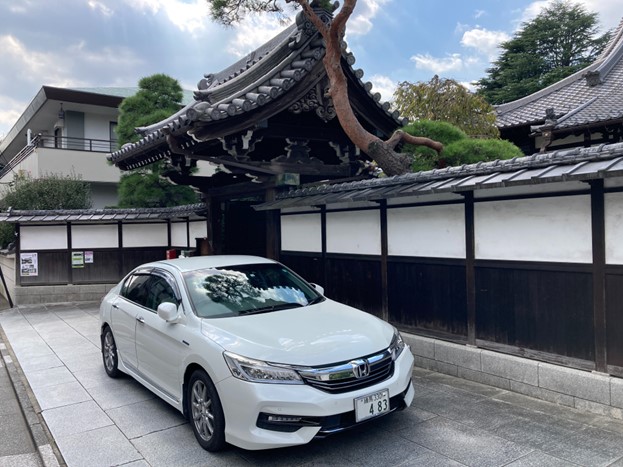
From food to pharmaceuticals, finding success in the Japanese market is tough for foreign entrants, regardless of industry. The country’s geographic and cultural isolation has fostered immense consumer loyalty for home-grown products and services that cater to the population’s unique needs. However, despite a declining population, the Japanese market is massive—the second or third largest in the world, in many cases, depending on the industry. Therefore, despite cultural and political barriers to entry, foreign brands such as Starbucks, Apple, and Harley-Davidson have gone the extra mile to commit to the market, making the necessary investments and product adjustments to meet the needs of Japanese consumers.
That being said, breaking into the Japanese automobile market is especially difficult. The August 2016 issue of The [ACCJ] Journal paints a vivid picture of what foreign automakers face:
“While Japan does not impose tariffs on US car imports, American automakers have cited non-tariff barriers to competition. These include unique standards, zoning rules for distribution and repair facilities, discriminatory financial incentives, and costly certification procedures. . . . Japan specific legislation and testing requirements—along with limited access to domestic distribution and the fleet market—are still limiting the opportunities available to foreign automakers.”
Another unique challenge that foreign automakers face in Japan is that nearly 40% of the market consists of kei cars: tiny, ultra-low-horsepower vehicles that can easily navigate the country’s narrow roads. Most foreign car manufactures lack this kind of vehicle in their lineup. This means gaining significant market share is nearly impossible without exclusively producing brand new vehicles for the Japanese market or by forging partnerships with Japanese automakers—endeavors that require extraordinary amounts of time and capital.

While the barriers to competing in Japan’s auto industry are certainly significant, every international market has unique obstacles to entry, including the United States. Yet, Japanese auto manufactures have achieved incredible success there, with market share that has been hovering around 40% in recent years.
Additionally, European brands have been making strides in Japan. According to CLSA Managing Director Christopher Richter, “Mercedes-Benz, BMW, and Volkswagen, including Audi, all sell tens of thousands of cars in Japan each year. While that is still a pretty small number compared with the overall local market and other major markets, it isn’t nothing.” For reference, in 2021, only one American brand sold more than 1,000 vehicles in Japan.
So why have most American brands struggled to find success in Japan? As Richter puts it, American car makers “don’t really try.”
Understanding and Serving Japanese Consumers
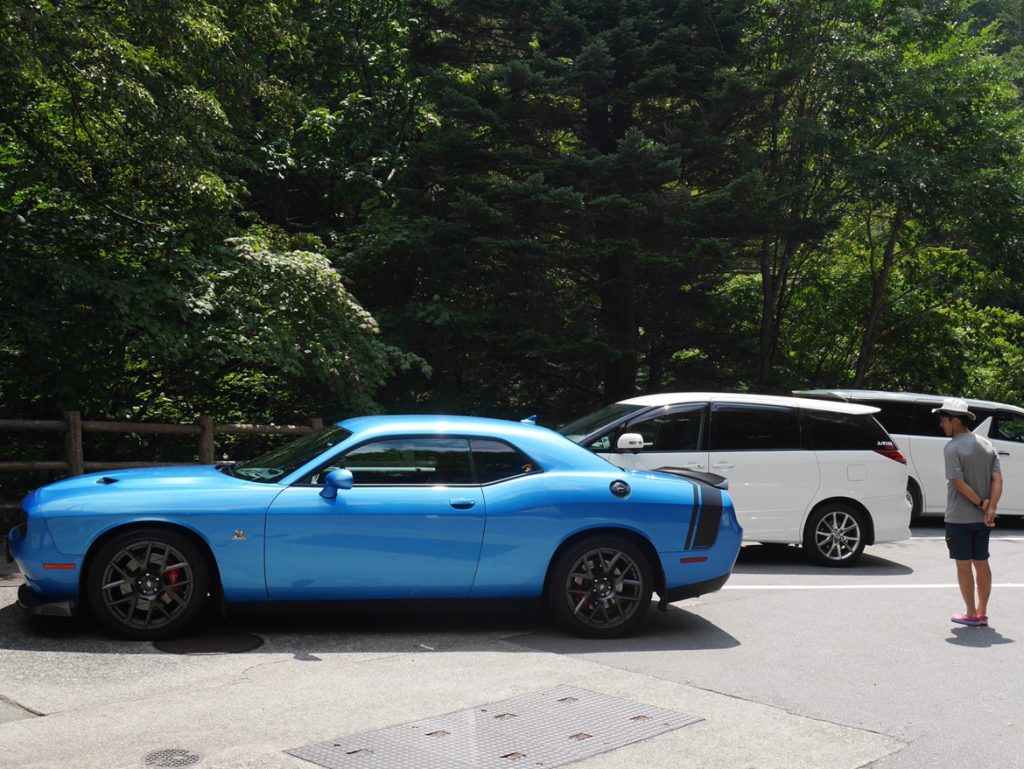
“In Japan, there is a different market and different consumer,” says Kristin Dziczek, senior vice president of research at the Center for Automotive Research. “We are giving them our off-cast, things we make for the North American consumer that we hope we can then sell in other markets.”
A 2017 article in The Atlantic gives a clear example of what it takes to succeed in Japan:
“Door handles of the cars in the BMW 3 Series are made to be slightly narrower in Japan than in other countries, for example. But these aren’t trade barriers, they’re consumer preferences that brands can choose to adapt to or to ignore. BMW decided to adapt to these specifications because Japan is still one of the biggest markets in the world. Despite their complaints about trade barriers, US companies haven’t made the same efforts.”

Meeting consumer needs goes beyond the shapes, sizes, and features of cars exported to Japan. The dealership experience that Japanese automakers provide to their customers is also a far cry from what most Americans know and often despise. According to The Atlantic, most American automakers have been reluctant to invest the admittedly high amounts of capital required to develop and maintain the kind of dealer networks that Japanese consumers expect. “When their cars need a checkup, the dealer comes and picks them up, does work on them, and then returns them.”
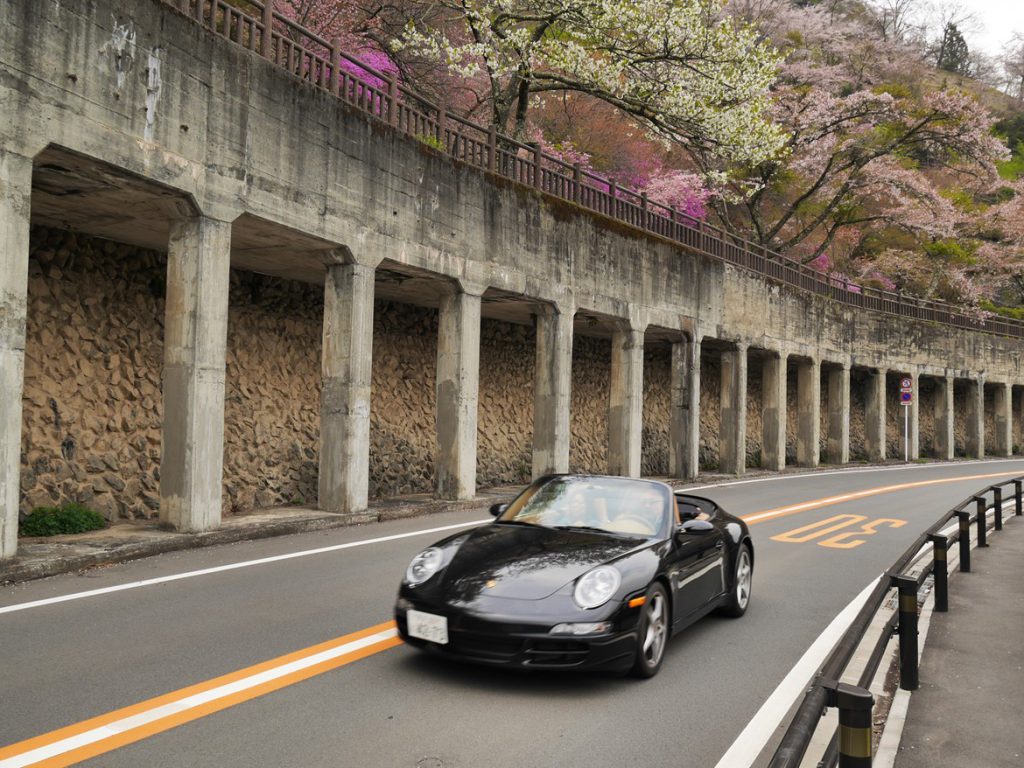
This may explain the relative success of European cars, especially luxury brands in Japan. They already offer high-end dealership experiences in other global markets, so it takes less effort to meet lofty Japanese customer service standards.
A Rising American Star
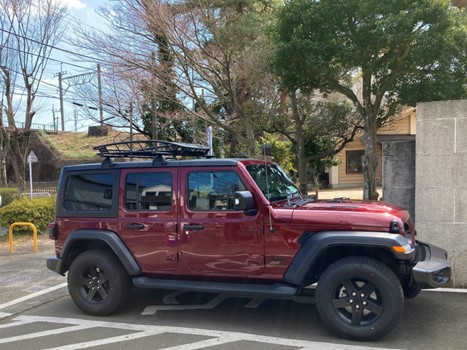
Jeep vehicles are a relatively common sight in Japan, and recent sales figures back this up: Japan is the world’s second-largest market for Jeep Wranglers.
Throughout this article, you may have noticed that I’ve been hinting at the reveal of one American brand that serves as the exception to the rule. Not all US automotive brands have given up on Japan. In fact, Jeep (now a Stellantis brand) has been doubling down on Japan since the mid-2010s with impressive results. For example, between 2014 and 2021, Jeep has nearly doubled its sales volume from just below 7,000 to over 14,000 annual units sold, as revealed in Japan Automotive Importers Association data. Granted, 14,000 annual units sold is still a relatively low number. However, this figure is significantly more than any other US automaker, and Jeep is showing no signs of slowing down. In fact, Carscoops reports that as of November 2022, Japan has become the second largest market for Jeep Wranglers in the world.
How is Jeep accomplishing this? The brand checks the boxes covered in this article: addressing Japanese consumer needs with fully localized vehicles and dealerships while investing in the market for the long run. In a separate Carscoops article, Pontus Häggström, president & CEO of Stellantis Japan, shares insight behind the rise of Jeep in Japan: “We have to spend money and engineering hours to do it, but we think it’s worth it. They are things that make our jobs harder and make it more expensive and time-consuming to bring cars to Japan. But are they trade barriers? My honest opinion is no. Are they excuses for why I can’t sell or succeed in Japan? No.”
Just how far can Jeep go in a market that other US automakers claim to be impenetrable? Häggström seems confident that Jeep has room to grow. According to Automotive News, Jeep is in the midst of a rapid expansion plan, aiming to increase its dealership network to 100 outlets by 2023.
Time will tell if other US automakers will ever (re)attempt to gain traction in the Japanese market. If they do, they might want to consider the advice Häggström shared in The [ACCJ] Journal: “Although Jeep is still a small fish in a big pond, its recent sales success proves there is room in the market for a US brand that understands the consumer and gets its positioning right. . . . You can’t come to the world’s most sophisticated market and try to wing it.”


